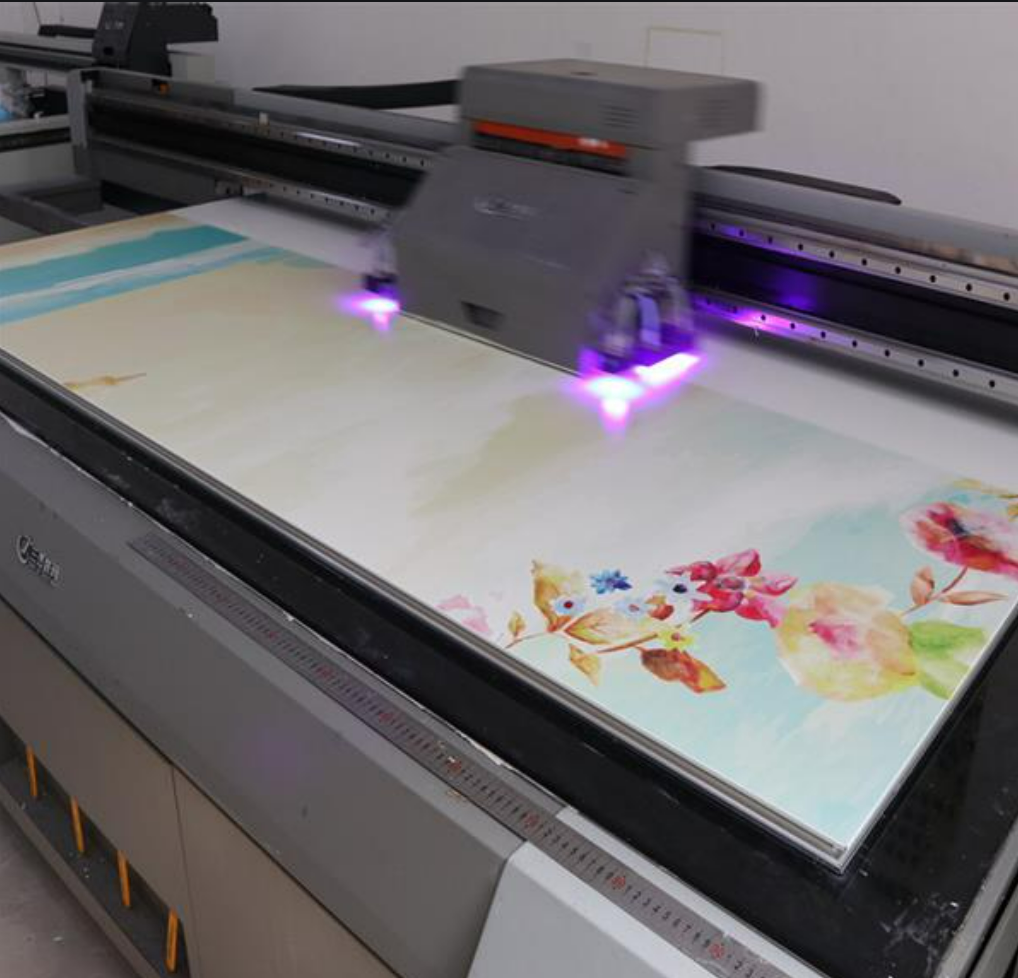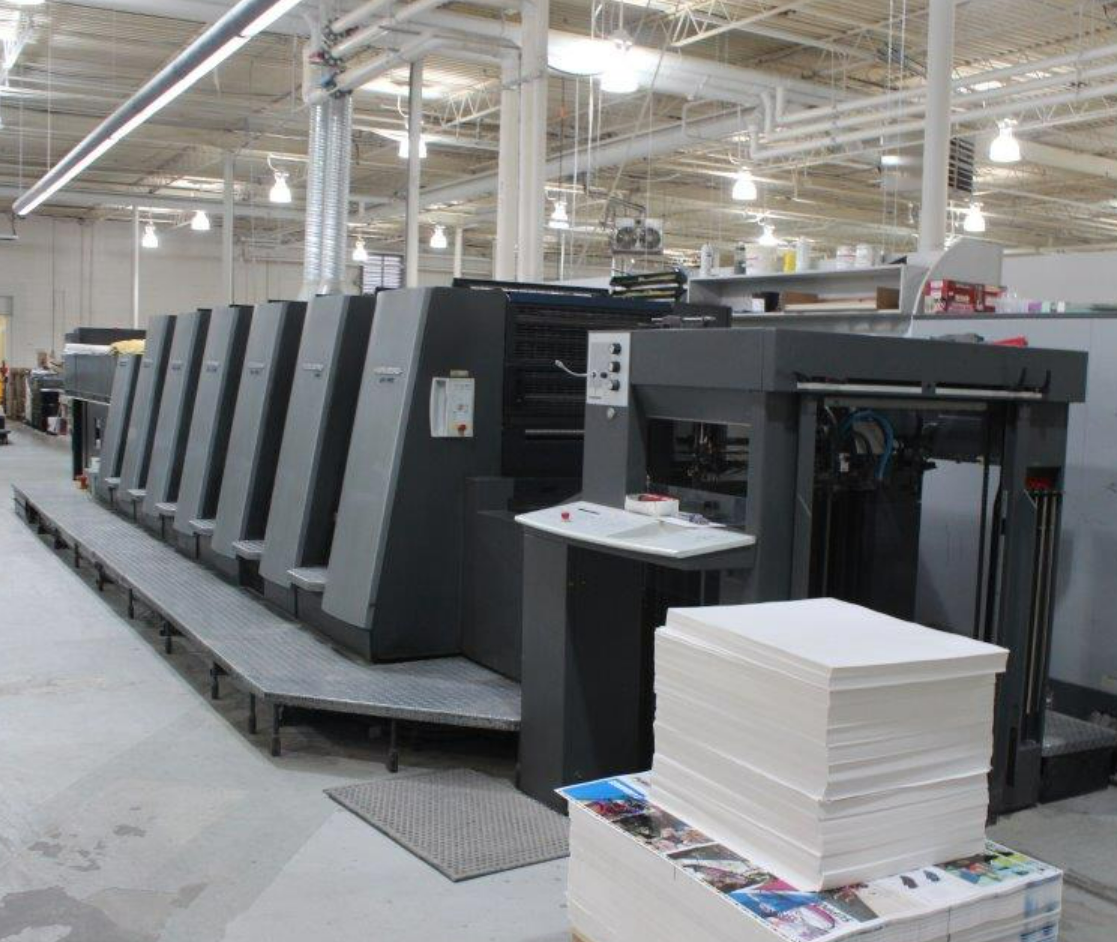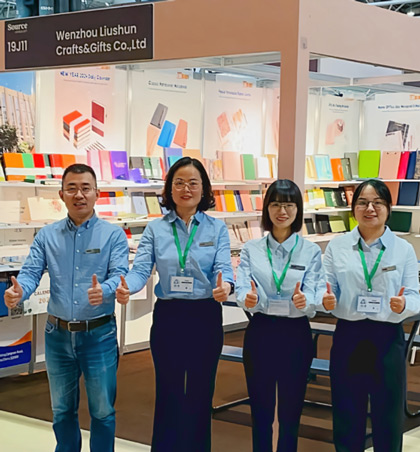Understanding Printing Techniques: A Comprehensive Overview
Understanding Printing Techniques: A Comprehensive Overview
Printing techniques play a crucial role in the final presentation of design work. Gaining insight into various printing methods allows designers to select the most appropriate process, ensuring accurate color and detail representation while optimizing costs and production time. Here's an overview of different printing methods, including their principles, processes, characteristics, and applications.
1. Screen Printing
Principle: Screen printing utilizes a mesh as the base, and ink is pushed through the mesh holes onto the substrate to create the design.
Process: Involves preparing the screen frame and photo-sensitive film, exposure, development, film lamination, and drying.
Features: Versatile for printing on various surfaces; thick ink layers for a strong tactile feel; vibrant colors; resistant to light, suitable for outdoor printing; simple operation for both manual and mechanized production.
Applications: Widely used in glass, plastic, metal, paper, and ceramic packaging industries, as well as outdoor advertising and signage.
2. Gravure Printing
Principle: The image areas are recessed and hold ink, which is then transferred to the substrate under pressure.
Process: Includes the preparation of the printing plate, ink filling, and pressure transfer.
Features: Thick ink layers for vibrant colors; high durability for mass production; broad applicability; continuous printing; good anti-counterfeiting properties.
Applications: Packaging, publishing, security printing, decorative printing, and industrial printing.
3. UV Printing
Principle: Uses UV inks that cure quickly under ultraviolet light, forming a skin.
Process: Involves mixing pre-polymers, monomers, photoinitiators, and pigments, followed by UV curing.
Features: Quick curing for increased production efficiency; environmentally friendly; wide applicability; high gloss finish.
Applications: Packaging printing, high-end commercial printing, and other fields.

4. Offset Printing
Principle: Based on the repulsion between ink and water, the image areas are oil-accepting and water-repelling, while non-image areas are water-accepting and oil-repelling. Ink is transferred from the plate to a rubber blanket and then to the substrate.
Process: Involves water-ink balance, printing pressure control, and color management.
Features: Indirect printing for high-quality effects; wide applicability.
Applications: Packaging, publishing, commercial printing, and advertising printing.
5. Digital Printing
Principle: Digital files directly control the printing press without the need for plates, enabling quick printing.
Process: Digital files are transmitted to the printing equipment for direct printing.
Features: Variable data printing, instant printing, cost-effective for small batches, color management, environmentally friendly.
Applications: Personalized gifts, business promotional items, packaging printing, publications, labels, and hangtags.

6. Heat Transfer Printing
Principle: Transfers designs onto a substrate through heat and pressure.
Process: Designing patterns, creating transfer paper or film, adjusting heat transfer equipment, heat pressing, and cooling.
Features: Broad applicability, vibrant colors, strong durability, simple operation.
Applications: Garment industry, home decor, promotional gifts, electronic products, outdoor advertising, industrial manufacturing, and anti-counterfeiting labels.
7. Foil Stamping
Principle: Applies metal foil to the substrate to create metallic designs or text.
Process: Preparing foil stamping plates, placing foil, stamping, and cooling with stripping.
Features: Metallic luster, three-dimensional effect, anti-counterfeiting capabilities.
Applications: Luxury packaging, book covers, business printing items, fashion industry, electronic products.
Each printing method has its unique characteristics and is suited to different printing needs and applications. Designers can choose the appropriate printing process based on the specific requirements of the project to ensure the precise realization of design effects.
Each printing method has its unique characteristics and is suited to different printing needs and applications. Designers can choose the appropriate printing process based on the specific requirements of the project to ensure the precise realization of design effects.

